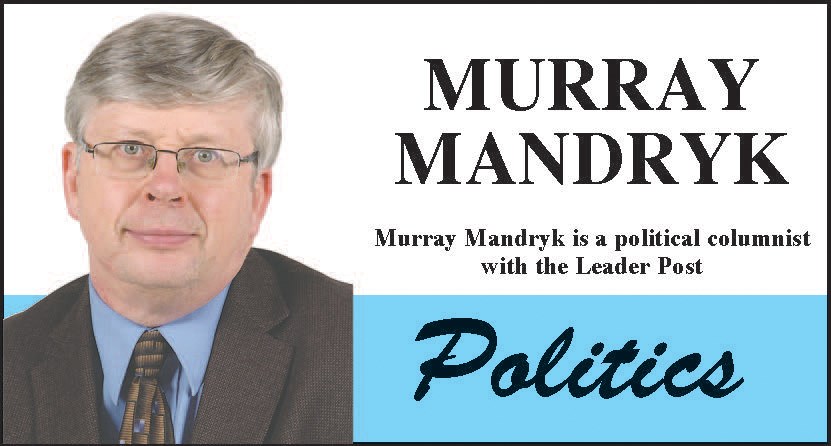We are winning the battle to flatten the curve, but maybe losing the battle to re-launch the economy.
The latter is the next great fight for Saskatchewan.
There were 14 recoveries and no new cases on the day this column was written, reducing known active cases in the province to a mere 33 – the lowest total in two months.
The majority of those cases (23) were in northern Saskatchewan, but so confident was the provincial government and the Saskatchewan Health Authority (SHA) that the La Loche outbreak is under control that the province announced the removal of travel restrictions.
As for the rest of the province, COVID-19 has become non-existent or virtually non-existent – one case in southern Saskatchewan, no cases in central Saskatchewan, four cases in Regina, three cases in Saskatoon and two in the north.
All this is good news two weeks after May 19 Stage two opening of more retail business and the May long weekend – time enough for any transmitted cases to start showing up.
While Premier Scott Moe and Chief Medical Health Officer Dr. Saqib Shahab are still offering an abundance of caution about the potential for community outbreaks, all this points to success in the COVID-19 battle.
Sadly, this was also a day in which the Country Thunder – the music festival once known as the Big Valley Jamboree – was officially cancelled.
There is the ‘Riders and then there is “Craven” when it comes to events that somehow seem to unite left and right, north and south and rural and urban in this province.
And as we approach three months of virtual shutdown, we sure could use a party.
That it was cancelled for this year was expected because this is clearly a Stage-Five event in Moe’s five-stage Re-Open Saskatchewan Plan. The frightening reality is that while we are moving towards the re-opening of bars and restaurants in the more advanced stages, we are months away from such events with massive crowd gatherings.
They may not happen this year and it’s our inability to deal with this – and the thousands of other small economic disruptions in our economy – that may now be surpassing the virus spread as the biggest problem for the Saskatchewan Party government.
To its credit, Moe’s administration set out with a cautious and methodical re-opening plan that it’s managed to smoothly roll out despite bumps in La Loche and Lloydminster.
That there has been so few major deviations from the plan or spikes in COVID-19 cases as a result of it speaks to the plan’s success.
But what the government needed to recognize is that the course it plotted would require a major public investment because of the length of the shutdown.
It is recent government spending support where it may also be accused of being overly cautious.
While there’s been $2 billion investment in highways and other infrastructure building, such high volume spending may be categorized as long-term investments rather than dollars being efficiently spent for immediate needs.
When it comes to the immediate needs, the Saskatchewan government has been criticized for having among the lowest per capita spending in the country for food back and shelter support.
And while the Sask. Party government was quick out of the gate with its Small Business Emergency Payment Program (SBEPP), the $50-million program has quickly drawn fire for being too small and not providing needed second payments to some forced to endure this lengthy shutdown at the potential costs of their livelihoods.
One gets the criticisms of adding to public debt or that the federal government’s Canadian Emergency Response Benefit (CERB) is just too easy to access.
But the longer the COVID-19 shutdown continues, the more the more help is required. That is now the big challenge.
Murray Mandryk has been covering provincial politics since 1983.



